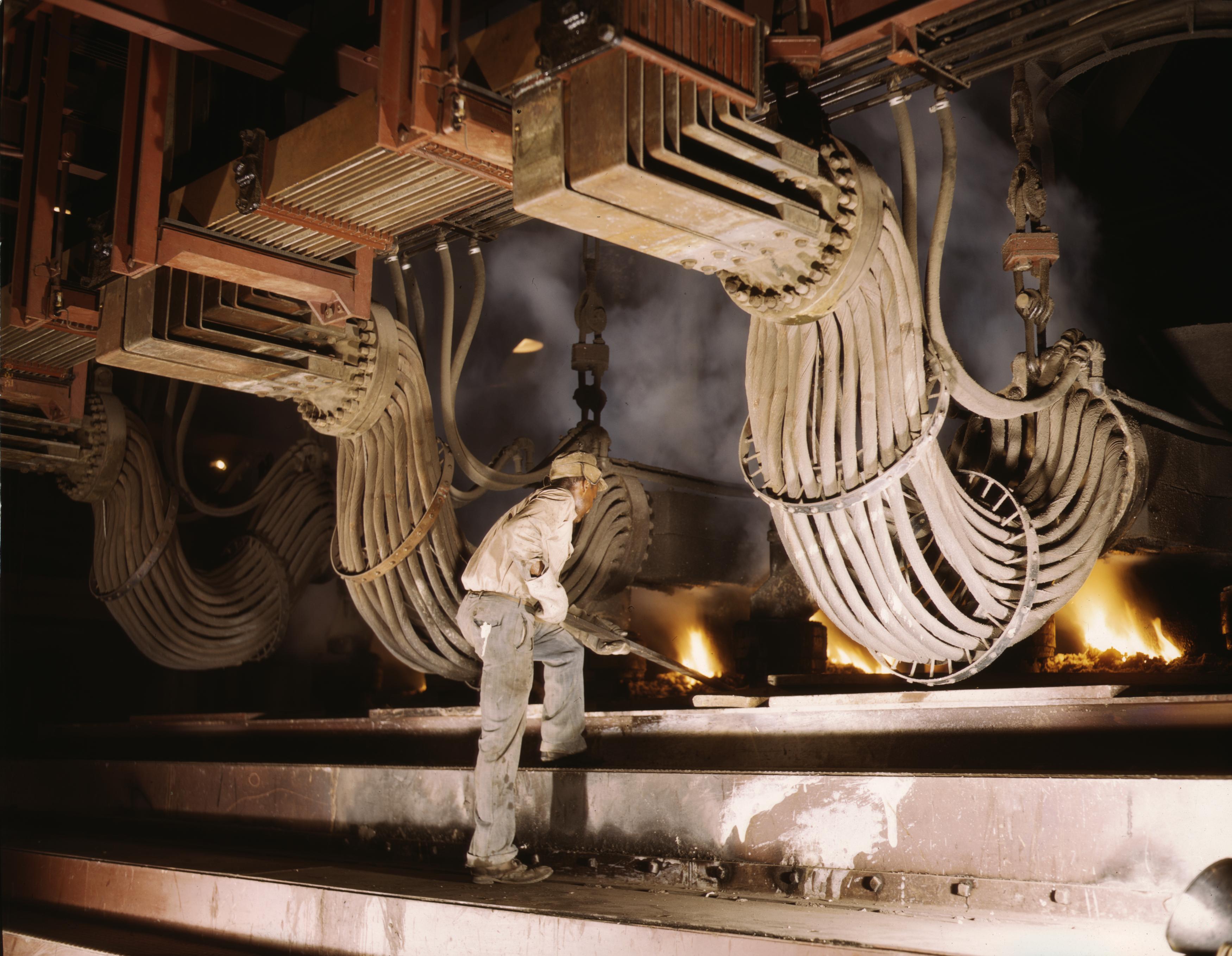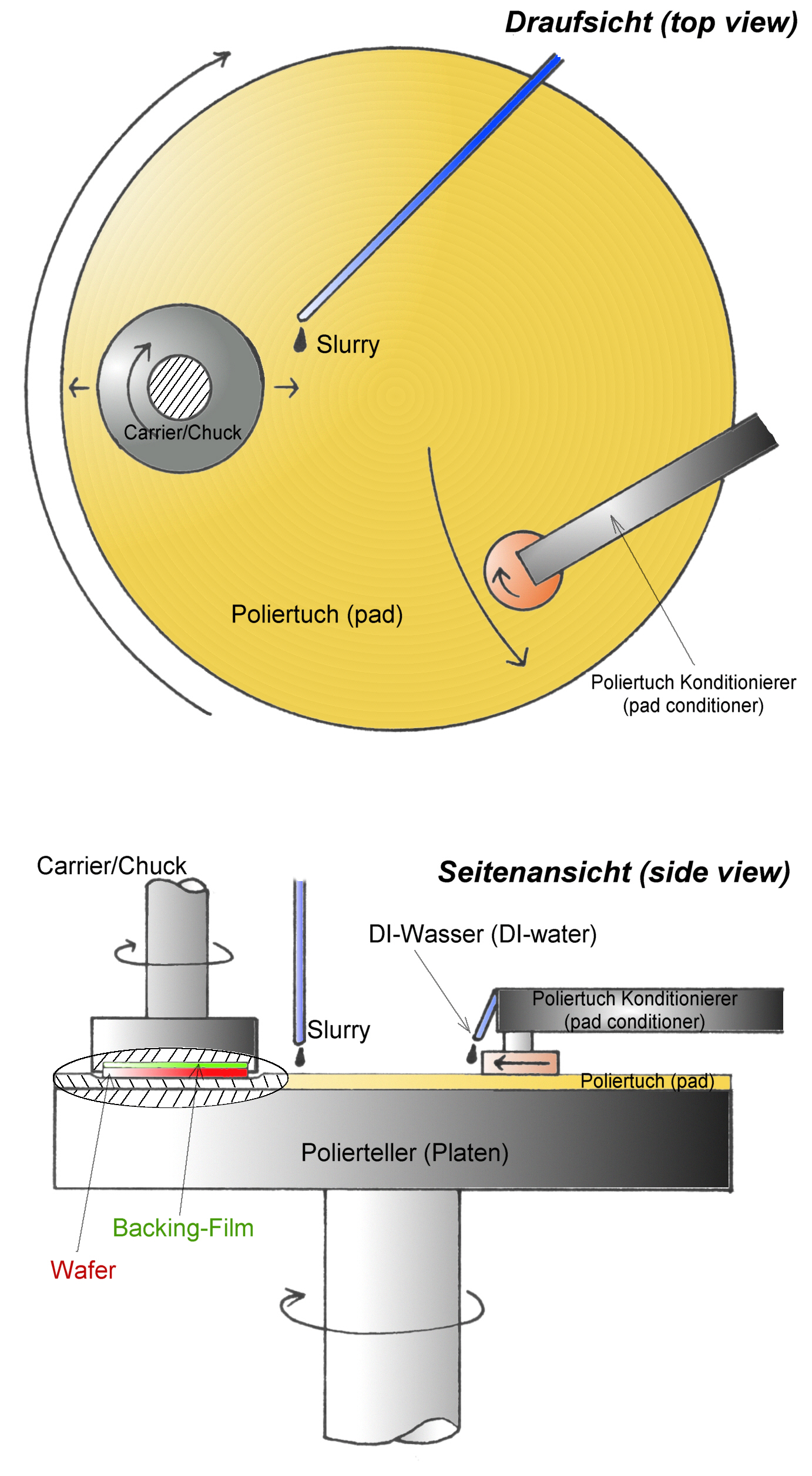|
Argentiferous
Silver mining is the extraction of silver by mining. Silver is a precious metal and holds high economic value. Because silver is often found in intimate combination with other metals, its extraction requires the use of complex technologies. In 2008, approximately 25,900 metric tons of silver were consumed worldwide, most of which came from mining. Silver mining has a variety of effects on the environment, humans, and animals. Silver sources Silver-bearing ore typically contains very little silver, with much higher percentages of copper and lead. Specific minerals include argentite (Ag2 S), chlorargyrite ("horn silver," Ag Cl), polybasite (Ag, Cu)16Sb2S11), and proustite (Ag3AsS3). Silver mainly occurs as a contaminant in chalcopyrite and galena, important ores of copper and lead, respectively.Kassianidou, V. 2003. Early Extraction of Silver from Complex Polymetallic Ores, in Craddock, P.T. and Lang, J (eds) Mining and Metal production through the Ages. London, British Museum ... [...More Info...] [...Related Items...] OR: [Wikipedia] [Google] [Baidu] |
Silver
Silver is a chemical element; it has Symbol (chemistry), symbol Ag () and atomic number 47. A soft, whitish-gray, lustrous transition metal, it exhibits the highest electrical conductivity, thermal conductivity, and reflectivity of any metal. Silver is found in the Earth's crust in the pure, free elemental form ("native metal, native silver"), as an alloy with gold and other metals, and in minerals such as argentite and chlorargyrite. Most silver is produced as a byproduct of copper, gold, lead, and zinc Refining (metallurgy), refining. Silver has long been valued as a precious metal. Silver metal is used in many bullion coins, sometimes bimetallism, alongside gold: while it is more abundant than gold, it is much less abundant as a native metal. Its purity is typically measured on a per-mille basis; a 94%-pure alloy is described as "0.940 fine". As one of the seven metals of antiquity, silver has had an enduring role in most human cultures. Other than in currency and as an in ... [...More Info...] [...Related Items...] OR: [Wikipedia] [Google] [Baidu] |
Mining
Mining is the Resource extraction, extraction of valuable geological materials and minerals from the surface of the Earth. Mining is required to obtain most materials that cannot be grown through agriculture, agricultural processes, or feasibly created Chemical synthesis, artificially in a laboratory or factory. Ores recovered by mining include Metal#Extraction, metals, coal, oil shale, gemstones, limestone, chalk mining, chalk, dimension stone, rock salt, potash, gravel, and clay. The ore must be a rock or mineral that contains valuable constituent, can be extracted or mined and sold for profit. Mining in a wider sense includes extraction of any non-renewable resource such as petroleum, natural gas, or even fossil water, water. Modern mining processes involve prospecting for ore bodies, analysis of the profit potential of a proposed mine, extraction of the desired materials, and final mine reclamation, reclamation or restoration of the land after the mine is closed. Mining ma ... [...More Info...] [...Related Items...] OR: [Wikipedia] [Google] [Baidu] |
Galena
Galena, also called lead glance, is the natural mineral form of lead(II) sulfide (PbS). It is the most important ore of lead and an important source of silver. Galena is one of the most abundant and widely distributed sulfide minerals. It crystallizes in the Cubic (crystal system), cubic crystal system often showing octahedral forms. It is often associated with the minerals sphalerite, calcite and fluorite. As a pure specimen held in the hand, under standard temperature and pressure, galena is insoluble in water and so is almost non-toxic. Handling galena under these specific conditions (such as in a museum or as part of geology instruction) poses practically no risk; however, as lead(II) sulfide is reasonably reactive in a variety of environments, it can be highly toxic if swallowed or inhaled, particularly under prolonged or repeated exposure. Occurrence Galena is the main ore of lead, used since ancient times, since lead can be smelted from galena in an ordinary wood fire. G ... [...More Info...] [...Related Items...] OR: [Wikipedia] [Google] [Baidu] |
Smelting
Smelting is a process of applying heat and a chemical reducing agent to an ore to extract a desired base metal product. It is a form of extractive metallurgy that is used to obtain many metals such as iron-making, iron, copper extraction, copper, silver mining#Ore processing, silver, tin, lead smelting, lead and zinc smelting, zinc. Smelting uses heat and a chemical reducing agent to decompose the ore, driving off other elements as gases or slag and leaving the metal behind. The reducing agent is commonly a fossil-fuel source of carbon, such as carbon monoxide from incomplete combustion of coke (fuel), coke—or, in earlier times, of charcoal. The oxygen in the ore binds to carbon at high temperatures, as the Chemical energy, chemical potential energy of the bonds in carbon dioxide () is lower than that of the bonds in the ore. Sulfide ores such as those commonly used to obtain copper, zinc or lead, are roasting (metallurgy), roasted before smelting in order to convert the sulfid ... [...More Info...] [...Related Items...] OR: [Wikipedia] [Google] [Baidu] |
Comminution
Comminution is the reduction of solid materials from one average particle size to a smaller average particle size, by crushing, grinding, cutting, vibrating, or other processes. Comminution is related to pulverization and grinding. All use mechanical devices, and many types of mills have been invented. Concomitant with size reduction, comminution increases the surface area of the solid. For example, a pulverizer mill is used to pulverize coal for combustion in the steam-generating furnaces of coal power plants. A cement mill produces finely ground ingredients for portland cement. A hammer mill is used on farms for grinding grain and chaff for animal feed. A demolition pulverizer is an attachment for an excavator to break up large pieces of concrete. Comminution is important in mineral processing, where rocks are broken into small particles to help liberate the ore from gangue. Comminution or grinding is also important in ceramics, electronics, and battery research. Mech ... [...More Info...] [...Related Items...] OR: [Wikipedia] [Google] [Baidu] |
Cyanide Process
Gold cyanidation (also known as the cyanide process or the MacArthur–Forrest process) is a hydrometallurgical technique for extracting gold from low-grade ore through conversion to a water-soluble coordination complex. It is the most commonly used leaching process for gold extraction. Cyanidation is also widely used in silver extraction, usually after froth flotation. Production of reagents for mineral processing to recover gold represents 70% of cyanide consumption globally. While other metals, such as copper, zinc, and silver, are also recovered using cyanide, gold remains the primary driver of this technology. The highly toxic nature of cyanide has led to controversy regarding its use in gold mining, with it being banned in some parts of the world. However, when used with appropriate safety measures, cyanide can be safely employed in gold extraction processes. One critical factor in its safe use is maintaining an alkaline pH level above 10.5, which is typically controlled ... [...More Info...] [...Related Items...] OR: [Wikipedia] [Google] [Baidu] |
Gold Extraction
Gold extraction is the extraction of gold from dilute ores using a combination of chemical processes. Gold mining produces about 3600 tons annually, and another 300 tons is produced from recycling. Since the 20th century, gold has been principally extracted in a cyanide process by leaching the ore with cyanide solution. The gold may then be further refined by gold parting, which removes other metals (principally silver) by blowing chlorine gas through the molten metal. Historically, small particles of gold were amalgamated with mercury, and then concentrated by boiling away the mercury. The mercury method is still used in some small operations. Types of ore Gold occurs principally as a native metal, i.e., gold itself. Sometimes it is alloyed to a greater or lesser extent with silver, which is called electrum. Native gold can occur as sizeable nuggets, as fine grains or flakes in alluvial deposits, or as grains or microscopic particles (known as colour) embedded in rock min ... [...More Info...] [...Related Items...] OR: [Wikipedia] [Google] [Baidu] |
Parkes Process
The Parkes process is a pyrometallurgical industrial process for removing silver from lead during the production of bullion. It is an example of liquid–liquid extraction. The process takes advantage of two liquid-state properties of zinc. The first is that zinc is immiscible with lead, and the other is that silver is 3000 times more soluble in zinc than it is in lead. When zinc is added to liquid lead that contains silver as a contaminant, the silver preferentially migrates into the zinc. Because the zinc is immiscible in the lead it remains in a separate layer and is easily removed. The zinc-silver solution is then heated until the zinc vaporizes, leaving nearly pure silver. If gold is present in the liquid lead, it can also be removed and isolated by the same process.Pauling, Linus ''General Chemistry'' W.H.Freeman 1947 ed. The process was patented by Alexander Parkes in 1850. Parkes received two additional patents in 1852. The Parkes process was not adopted in the United Stat ... [...More Info...] [...Related Items...] OR: [Wikipedia] [Google] [Baidu] |
Electrolysis
In chemistry and manufacturing, electrolysis is a technique that uses Direct current, direct electric current (DC) to drive an otherwise non-spontaneous chemical reaction. Electrolysis is commercially important as a stage in the separation of chemical element, elements from naturally occurring sources such as ores using an electrolytic cell. The voltage that is needed for electrolysis to occur is called the decomposition potential. The word "lysis" means to separate or break, so in terms, electrolysis would mean "breakdown via electricity." Etymology The word "electrolysis" was introduced by Michael Faraday in 1834, using the Greek language, Greek words "amber", which since the 17th century was associated with electrical phenomena, and ' meaning "dissolution". Nevertheless, electrolysis, as a tool to study chemical reactions and obtain pure chemical element, elements, precedes the coinage of the term and formal description by Faraday. History In the early nineteenth century, ... [...More Info...] [...Related Items...] OR: [Wikipedia] [Google] [Baidu] |
Shaft Sinking
Shaft mining or shaft sinking is the action of excavating a mine shaft from the top down, where there is initially no access to the bottom. Shallow shafts, typically sunk for civil engineering projects, differ greatly in execution method from deep shafts, typically sunk for mining projects. Shaft sinking is one of the most difficult of all mining development methods: restricted space, gravity, groundwater and specialized procedures make the task quite formidable. Shafts may be sunk by conventional drill and blast or mechanised means. Historically, mine shaft sinking has been among the most dangerous of all the mining occupations and the preserve of mining contractors called sinkers. Today shaft sinking contractors are concentrated in Canada, Germany, China and South Africa. The modern shaft sinking industry is gradually shifting further towards greater mechanisation. Recent innovations in the form of full-face shaft boring (akin to a vertical tunnel boring machine) have sho ... [...More Info...] [...Related Items...] OR: [Wikipedia] [Google] [Baidu] |







